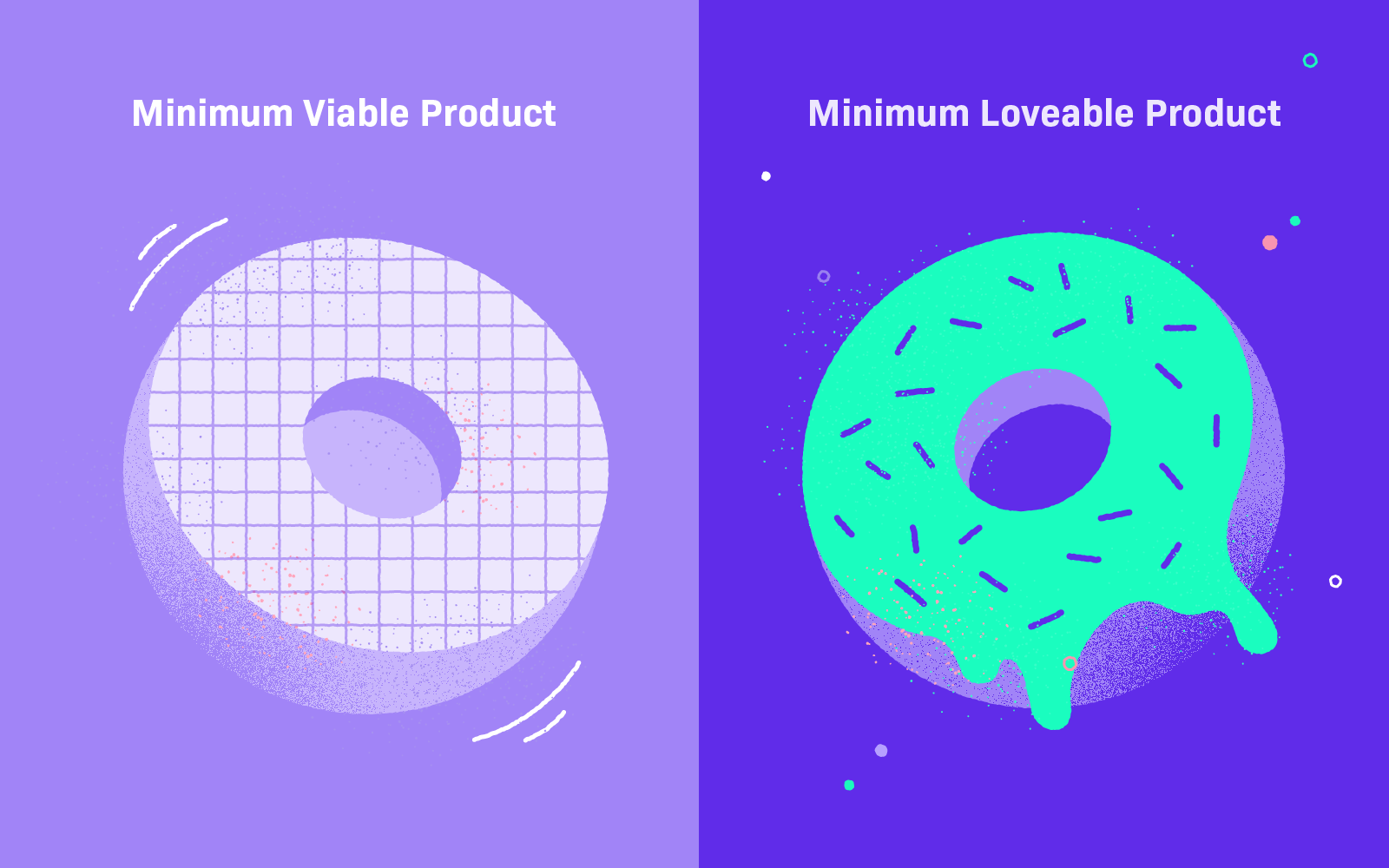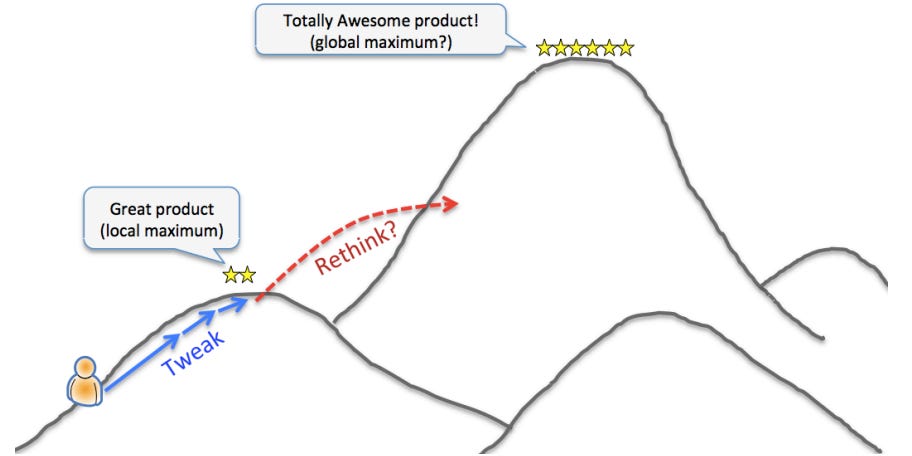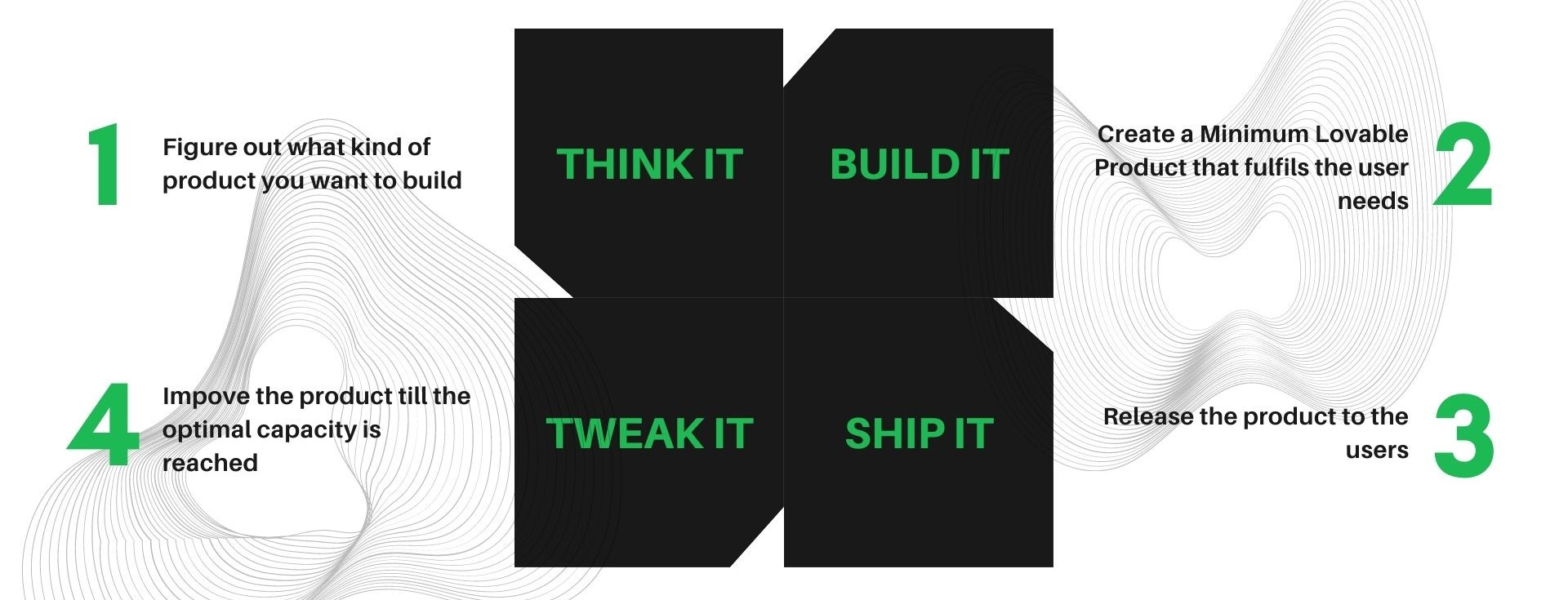SPOTIFY's product philosophy
Hey there, thankyou for taking your time to read this piece. Kindly do subscribe to our newsletter for free or share them if you enjoy reading well researched articles like this one! Happy learning :)

Ever thought of why Spotify was created? It was to deal with the problem of music privacy.
Way before the spark of music streaming services took over the world, people used to download pirated music to their smart phones and listen to them. This was a growing challenge for the entire music industry, and solving that problem became the foundation of Spotify’s immense growth.
Their vision was to “envision a cultural platform where professional creators can break free of their medium’s constraints and where everyone can enjoy an immersive artistic experience that enables us to empathize with each other and to feel part of a greater whole.”
They bought a sense of belonging with the platform and hence became a win-win situation for the two main user personas of Spotify (Artists and Listeners).
How does Spotify builds products
Their ‘core philosophy’ is pretty straight forward and teaches us how product companies should be:
Create innovative products while managing risk by prototyping early and cheaply
Don’t launch on date, but launch on quality
Ensure that our products go from being great at launch to becoming amazing, by relentlessly tweaking after launch
That’s all it takes to build a great product like Spotify. If you think about this, you will see that it makes a lot of sense.
Risk management is a crucial focus area when delivering value straight to the users, because once they find that their actions have a certain repercussion, the users will in turn be hesitant to use the product in the later stage. There is a psychology heuristic principle called as the peak-end rule, where the users will experience largely based on how they felt at the peak, rather than how they felt towards the end or the average of the entire experience. Ensuring that the users get a positive high when they interact with the core value of the product is crucial.
This also ties with their second core philosophy as well. When most of the product companies focus on delivering the product on time, we will need to understand that the user experience should not be diminished because of the new update. This will ensure that the product stickiness is always growing.
The third philosophy is what makes them one of the top product focused companies in the world. It says about how they should strive to build better products and make them amazing over time. They understand that providing more value to the users will in turn provide more value to the organization.
4 Stages of Product Development
This is the 4 stage product development process that is followed at Spotify, to engage and persuade potential customers and make them into our power users:
#1 Think It
In this phase, they either come up with a completely new idea or decide on the improvements that should be done to their existing products.
They form ‘Think It Squad’ which consists of a developer, a designer, and a product owner, who them come together to create a lot of prototypes based on varying ideas. Once they feel that this product is worth building, they will move to the next stage. As you can see, its a subjective decision that is taken in this stage. Once they ship this to the users, they will make changes based on data.
Suppose if the squad believes this idea to not a great space to develop further, they will discard that idea.
#2 Build It
Here there will be teams formed based on the requirements, who will own the product till its fully developed.
In Spotify, they don’t create ‘Minimum Viable Products (MVP)’, instead they create “Minimum Lovable Products (MLP)”. This make a huge difference.

MLP is a level above MVP, because here the user should not just get the features he needs, but the product has to offer a great experience to the user. This will give them a big emotional boost to come back to the app and use the features over and over again. This can also convert basic users into power users!
So in this phase, the extended squad develops the MLP and gets ready to deliver it to the real users.
#3 Ship It
As we said in the ‘Think It’ stage, all the decisions made are subjective, but its only in ‘Ship It’ stage that we made data driven changes and improvements.
Instead of releasing the new product to all of its users, Spotify will start by releasing to a small segment of its users (typically ~1 to 5%). This approach will help them to incrementally improve a product by keeping track of the user journey, conversions, metrics, etc.
Once they have made the necessary improvements to the Minimum Lovable Product, the product is delivered to all of its users.
#4 Tweak It
Here we make changes to the product until it reaches a ‘local maximum’. To reach here, they continuously test the product through various methods like: A/B testing, surveys, focus group discussions, interviews, user reviews etc.
Basically after this stage, any development done to the product will give them ‘diminishing returns’, so its better if they focus on building new products.
Sometimes after reaching the local maximum, it will also cause them to rethink the approach they used while developing the solution. So a new redesign of the entire solution can be more fruitful to the users and also to the organization.

Sometimes after reaching the local maximum, it will also cause them to rethink the approach they used while developing the solution. So a new redesign of the entire solution can be more fruitful to the users and also to the organization.
Please subscribe for more such articles!
It might just be a click of a button for you, but it shows your support and motivates me to write a lot of these informative stories out there to you and help you in your product management journey.
Until next time! :)



Great read about Spotify! 🙌🏻
All three main specialties in UX design: interaction design, visual design, and information architecture depends on this 'peak-end rule' you wrote in the article!
Thanks for the support!!